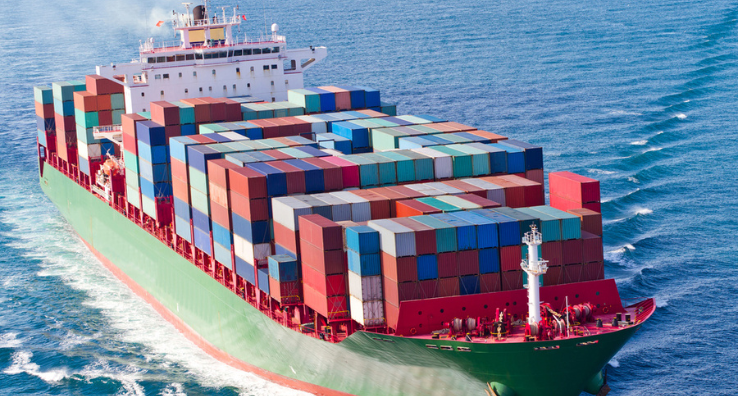10 Fun Facts About Food in Space
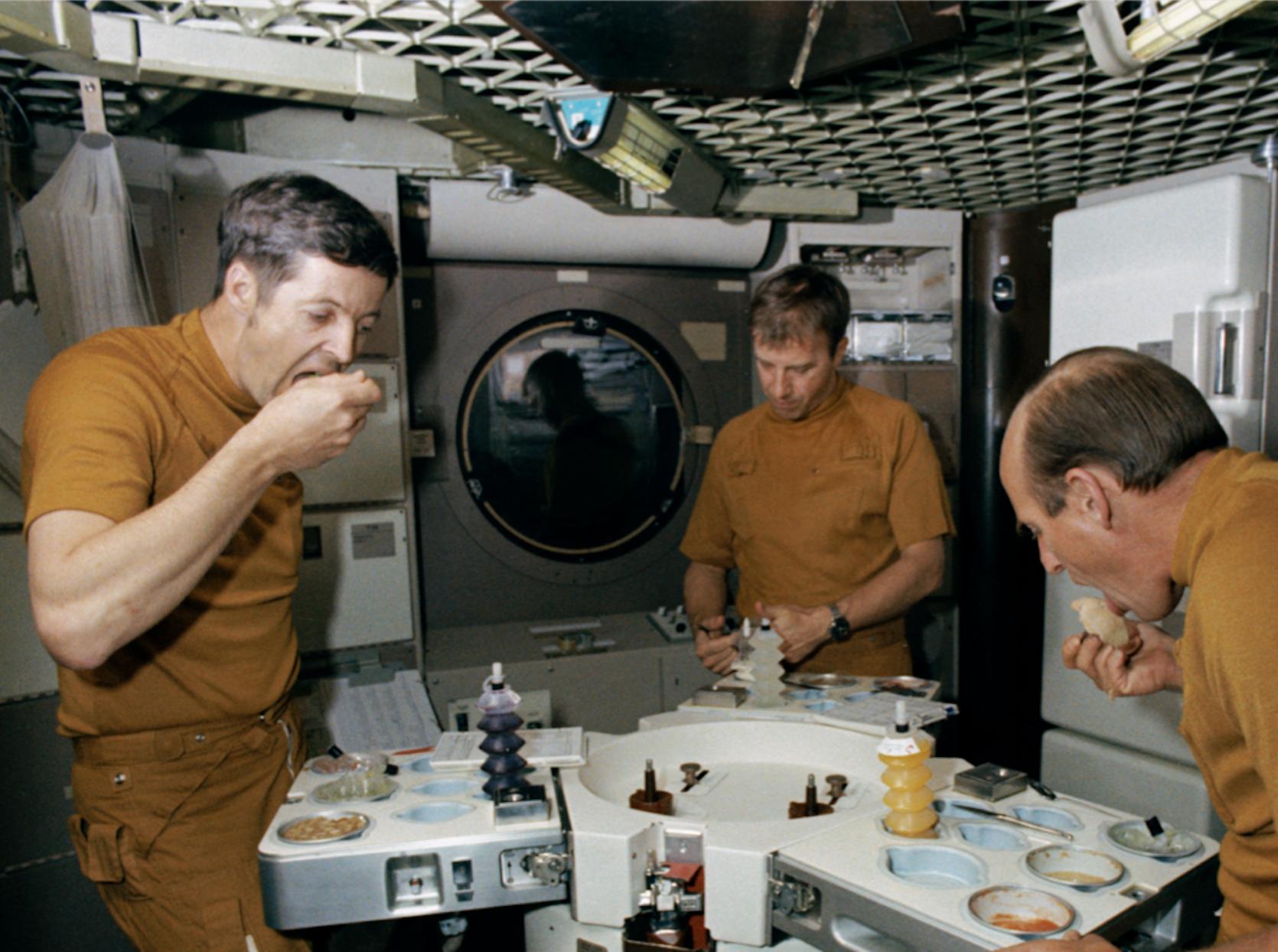
Did you know food safety regulations here on Earth were influenced by space travel? Vickie Kloeris, who has managed NASA’s Space Shuttle and International Space Station food systems since 1989, spoke at the 2018 Alchemy Engage Conference, and shared with us a few fun facts about food systems in space.
1. HACCP was Developed by NASA
One of our biggest food safety solutions came from outer space: hazard analysis and critical control points, or HACCP. HACCP was developed in 1969 by a collaboration between NASA, Pillsbury, and a special U.S. military project group to devise new food safety standards for the U.S. space program. Based on science, HACCP is a proven method that ensures safe food handling and production. HACCP was quickly adopted across the commercial food industry, applied first to canning practices to combat botulism, and is still required today under federal and state regulations.
2. Space Food Has MANY Requirements
Transporting food into space isn’t cheap. In fact, it can cost thousands of dollars just to send one pound of food to the ISS. Therefore, food must meet several requirements before blasting off. Food is sent ahead of the crew, so once the cargo vehicle has launched — that’s it. There is no returning food in space. That’s why it’s extra important the food created doesn’t spoil or waste. NASA has a retort facility at Texas A&M University’s AgriLife Research facility, where thermostabilized, pouched foods items are produced for space.
Besides tasting good, food in space must also be nutritious and filling enough to keep the astronauts healthy. Astronauts use up a lot of energy in space, especially on space walks, so they need calories. Space food must also be portable. Early space food took advantage of the cube shape because it prevented food crumbs from getting loose in the vehicle. These days, technological advances have thought up new and better ways to package food beyond the cube.
3. What about BOBs?
As space missions have gotten longer, packaging has evolved as scientists have found better ways to create packaging that takes up the least amount of space possible. NASA uses special packaging called “bulk overwrap bags,” or “BOBs” for short (because, as Kloeris reminded us, NASA loves acronyms).
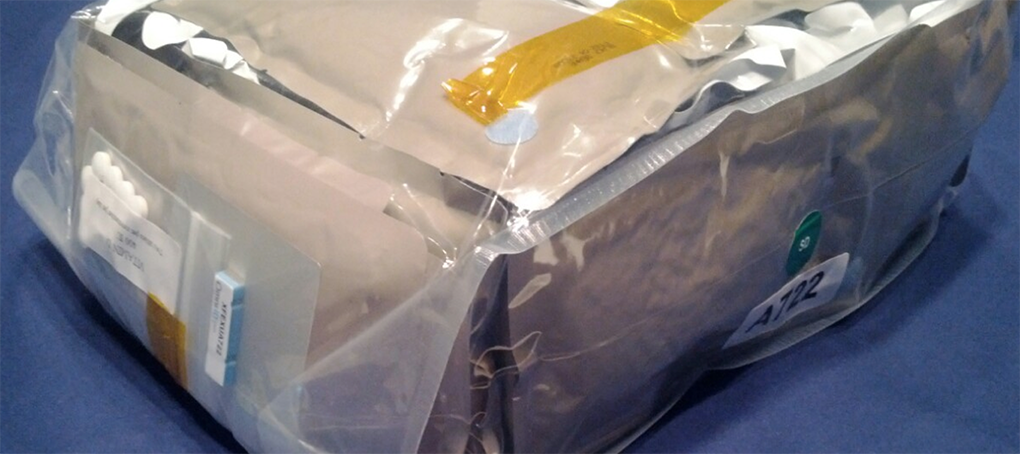
BOBs are also used in the military and for camping because they’re durable, portable, and easily packed. Fun fact: Russian astronauts still use cans, despite packaging advancements. Today’s astronauts may BYOB (bring their own BOBs) containing space-suitable grocery store favorites to spice up their otherwise bland diets. The variety a BOB can bring onboard boosts morale on long and lonely missions.
4. No Crummy Food Allowed
Another big rule for space food is creating food that doesn’t crumble. Crumbs in space aren’t just distracting, they can mess up the equipment. NASA not only has to consider taste when creating food, but also must consider how the food will be consumed, and how the food will make its way through a human digestive system. That said, according to Kloeris, “More than 400 people have shot into space since 1961, and none have eaten better than the astronauts in the space station.”
5. Capri Sun, Moon, and Stars
With time, beverage packaging for space has grown more sophisticated. For more convenience and added room, NASA created special beverage containers from a foil laminate bag, just like the ones used for the popular juice, Capri Sun. But as with all things space travel, it’s modified a bit. The crewmembers use a straw with a clamp that is closed between sips to prevent the beverage from escaping into the spacecraft. This new packaging made it easy to sip in zero gravity conditions.
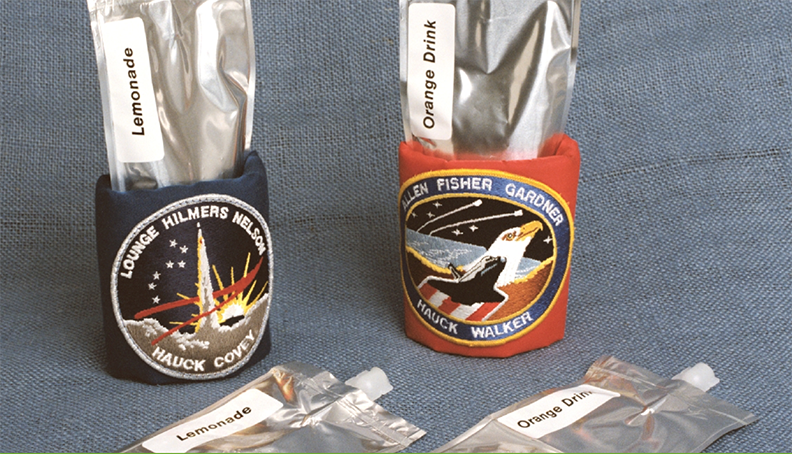
6. Skylab’s “TV Dinners”
Before the International Space Station, there was Skylab – the United States’ first space station. Space food got a significant upgrade for Skylab in 1973. Now astronauts could (somewhat) enjoy the comforts of home, including more variety in foods — 72 new food items packaged and served, complete with tiny forks and spoons, like convenient TV dinners, seen in the photo below.

Food was heated inside the serving tray that also doubled as a warming oven. The three switches in front correspond to the different food compartments — pretty innovative for the ‘70s, and to this day still considered NASA’s most sophisticated food system, as it is the only one that included frozen foods as part of the menu. (This photo might also look familiar to film buffs. Stanley Kubrick used some of this exact packaging in 2001: A Space Odyssey). These days, space food is prepared using a water dispenser machine that quickly rehydrates foods called a Rehydration Station. A galley oven then warms the food, so astronauts can enjoy a hot meal.
7. Fresh Food = Fresh Perspective
While we take it for granted on Earth, fresh food like fruits and vegetables can have a huge positive psychological impact on well-being. Since NASA’s mission is to take food that won’t easily spoil, fresh food is a real novelty in space.
After being stuck in space for months, the sweet taste of a piece of fresh fruit can really brighten an astronaut’s day, bringing about benefits that improve mood and performance. For this reason, a limited number of fresh foods are included on supply ships, but they must be eaten quickly before they spoil.
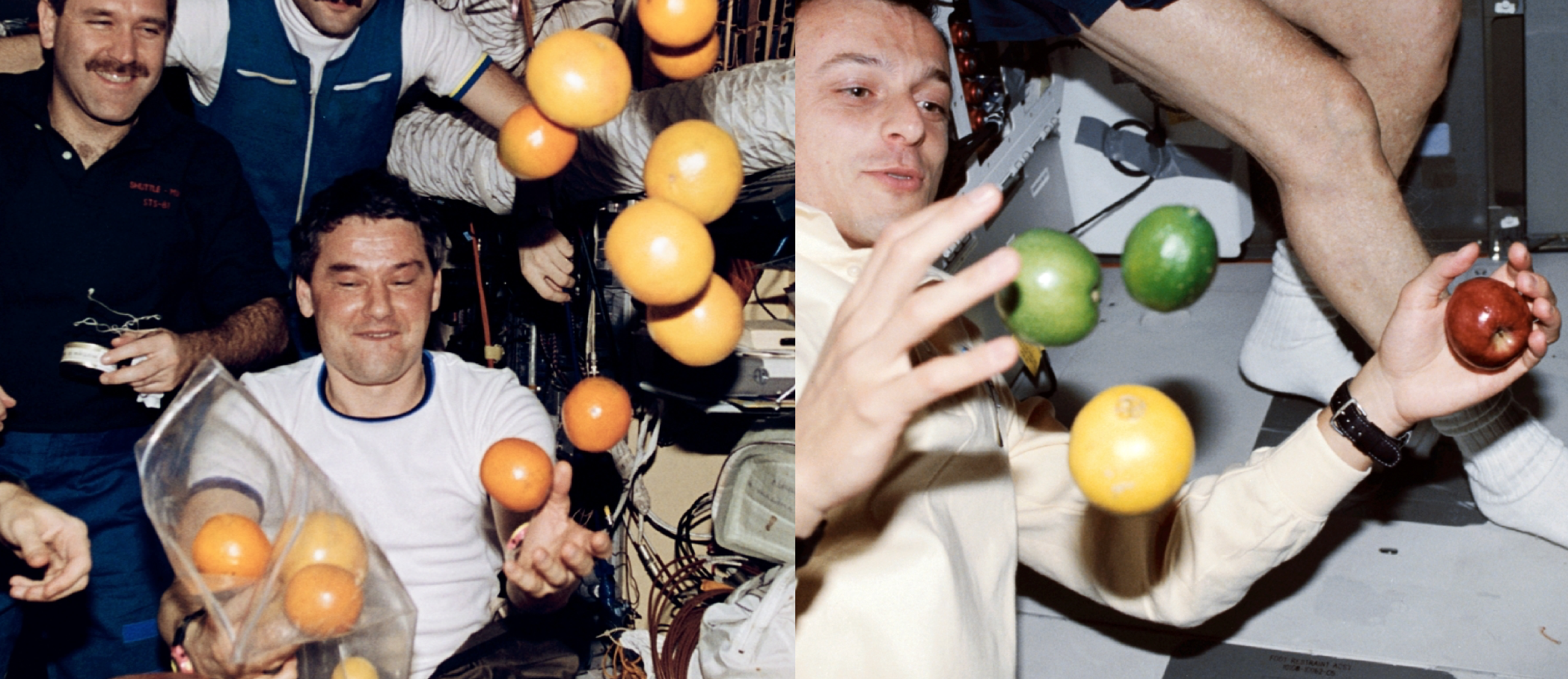
8. PB & J Tacos?
Tacos aren’t just a terrestrial trend. Tortillas are one of the most popular foods in space for several reasons. First, because they’re flat and can be rolled up, turning anything into a “sandwich.” Tortillas are also easy to eat and most importantly, they don’t easily mold or crumble (see #4).
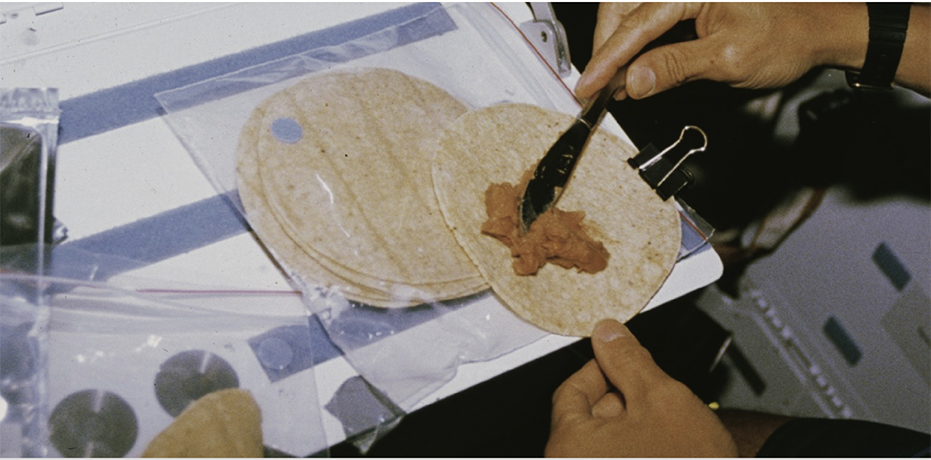
Because tortillas are such a big hit, NASA utilizes a special commercial tortilla that has a two-year shelf life. The secret? Ingredients added during production bind more of the water in the tortilla, combined with reduced oxygen during packaging, inhibits any mold growth, thus extending the shelf life.
9. Commercial Products in Space
Good news for astronauts: it’s no longer only MREs in space. As food systems on Earth have gotten safer, NASA has allowed certain commercial products in space to save time and money. Not any food will do, however. Foods for the International Space Station must still be properly vetted, including meeting an 18-month shelf life at room temperatures, as well as meeting all of NASA’s strict microbiological requirements. A few favorites include Frosted Flakes, M&Ms, Townhouse crackers — and of course, Tang.
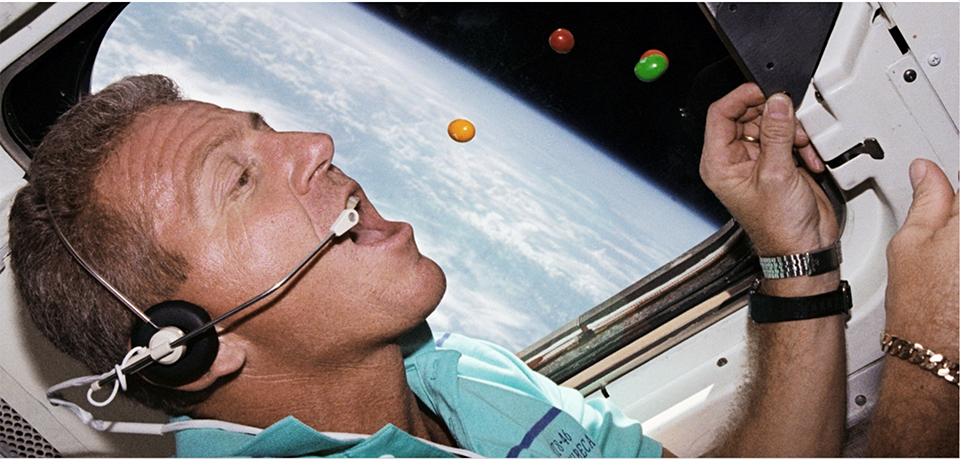
10. Just Say No
If you’ve ever wondered if astronauts ever drink alcohol on board, the truth is out there — and it’s actually pretty boring. Kloeris assured us NASA does not allow liquor of any kind on space missions. It’s not that NASA touts teetotalling in general — although safety is a pretty good reason astronauts shouldn’t get sloshed.
Another reason why NASA alcohol bans alcohol on board is because water is being recycled on board the ISS. When ethanol gets in the air, it will get in the water system as the humidity from the air in being recycled along with other waste water. When ethanol gets in the water system it won’t break down, so it becomes a contaminant. If enough ethanol builds up, the water system would be compromised, leaving the crew with not water to drink. (There are rumors the Russian astronauts have no such rule — and they’re fond of sharing — but we know nothing).
Do you know any interesting facts about food safety as it relates to space? Share your thoughts with us in the comments below!





